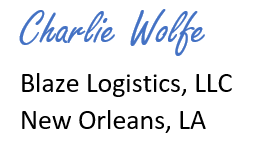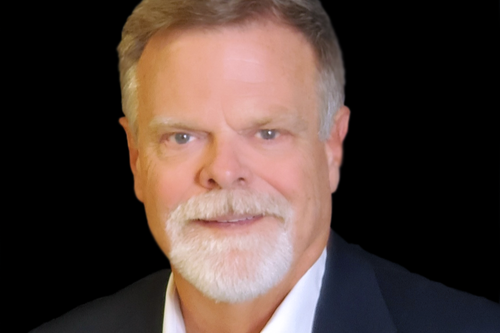Hello my CLDA and industry colleagues,
I hope everyone enjoyed learning a little bit about Mardi Gras in our first edition of the CRESCENT CITY CULTURE. Our Final Mile Forum 2023 in New Orleans, which is only about 9 weeks away, will be going on as the city ramps up the Mardi Gras season with major parades beginning to roll that weekend. So, dust off your dance shoes and get ready “second-line” your way to the Mardi Gras Celebration… of course, after a day of engaging content and networking at the FMF 2023.
Today, meet the founder of New Orleans, Jean-Baptiste Le Moyne, Sieur de Bienville and how New Orleans became New Orleans.
I am sure that most know that one of the nicknames of New Orleans, which is the namesake of these weekly articles, is the Crescent City. This moniker came about because of the bend in the Mississippi River at The French Quarter. Well, it was Bienville who coined this name as he called it his “Beautiful Crescent.” Bienville, along with his older brother, Pierre Le Moyne D’Iberville, explored the Northern Gulf of Mexico in the late 1600s. When D’Iberville departed, Bienville went on to discover the swath of land in the lower Mississippi that would become New Orleans. The first two streets in the French Quarter running parallel to Canal Street are named for the brothers.

Register for the 2023 FMF Today
Bienville wrote to the Directors of the Company in 1717 that he had discovered a crescent bend in the Mississippi River which he felt was safe from tidal surges and hurricanes and proposed that the new capital of the colony be built there. Permission was granted, and Bienville founded New Orleans on May 7, 1718. By 1719, a sufficient number of huts and storage houses had been built that Bienville began moving supplies and troops from Mobile. (You might remember in the last CCC, Mobile, AL was once the capital of Louisiana.)
Following disagreements with the chief engineer of the colony, Pierre Le Blond de La Tour, Bienville ordered an assistant engineer, Adrien de Pauger, to draw up plans for the new city in 1720. In 1721, Pauger drew up the eleven-by-seven block rectangle now known as the French Quarter or the Vieux Carré. After moving into his new home on the site of what is now the Custom House, Bienville named the new city “La Nouvelle-Orléans” in honor of Philippe II, Duke of Orléans, the Prince Regent of France. New Orleans became the capital of French Louisiana by 1723, during Bienville’s third term.
Take a look at the street names in the French Quarter. You won’t find Main St, or 1st Avenue. The street names have purpose and meaning. Parallel streets to Canal Street start out with brothers, Iberville and Bienville as mentioned above. From there the streets alternate with Catholic Saints and illegitimate sons of King Louis XIV. Beginning with Conti, then St Louis, Toulouse, St Peter, Orleans, St Ann, Dumaine and St Phillip. The crossing streets are named for French Royal Houses. Decatur, Royal, Bourbon, Dauphine, etc.
So, when enjoying the ambience of the French Quarter, you can also enjoy a little history of the street on which you are partaking in your food, fun and libation and know that you are really enjoying our CRESCENT CITY CULTURE.
See you in February!





